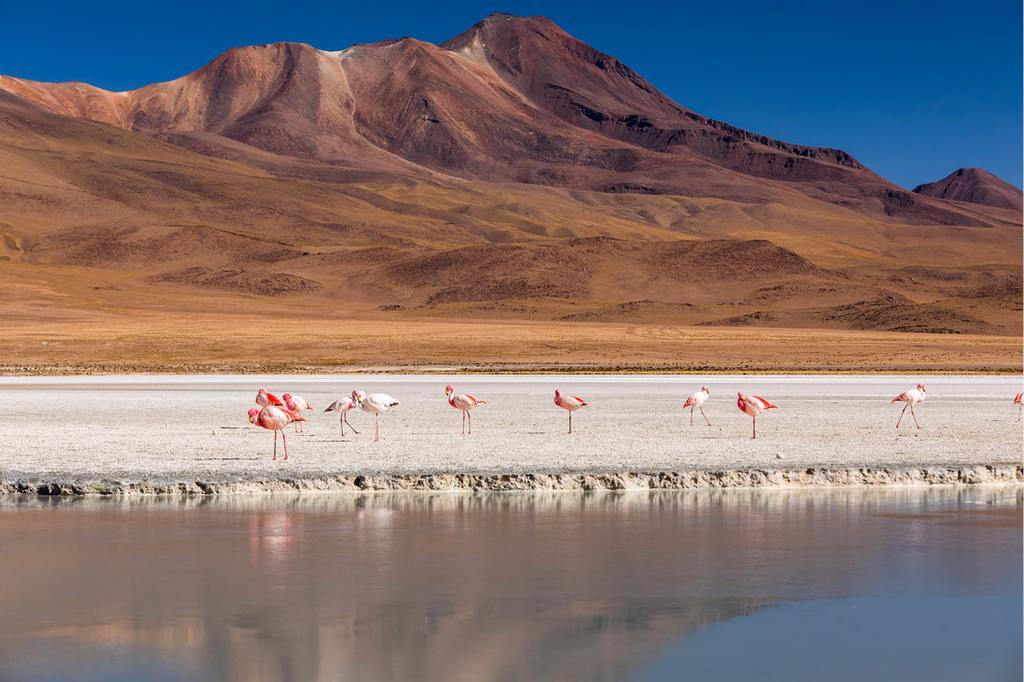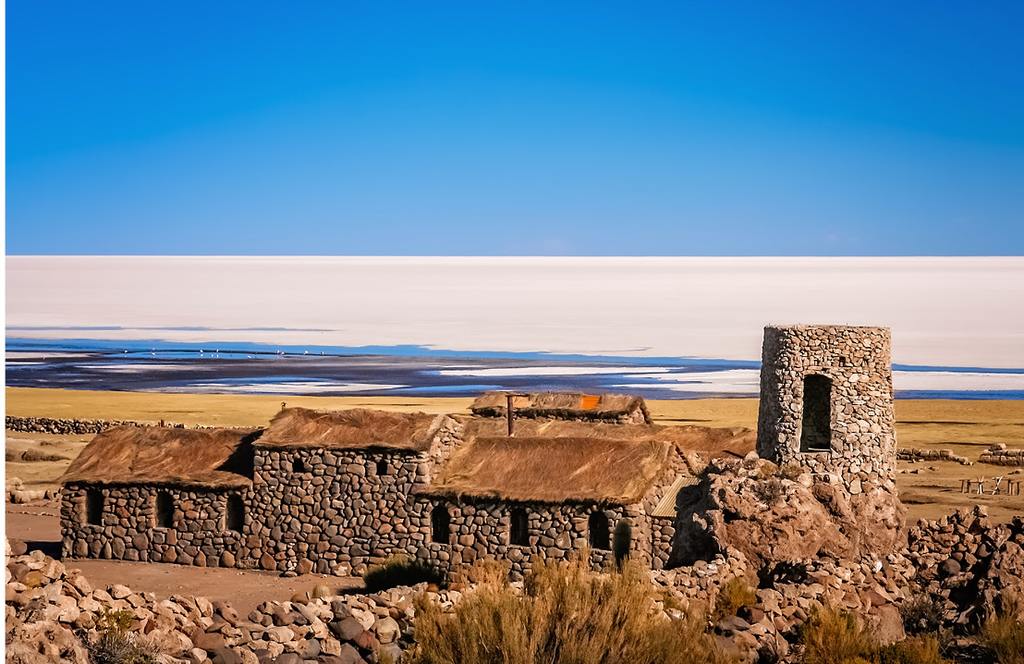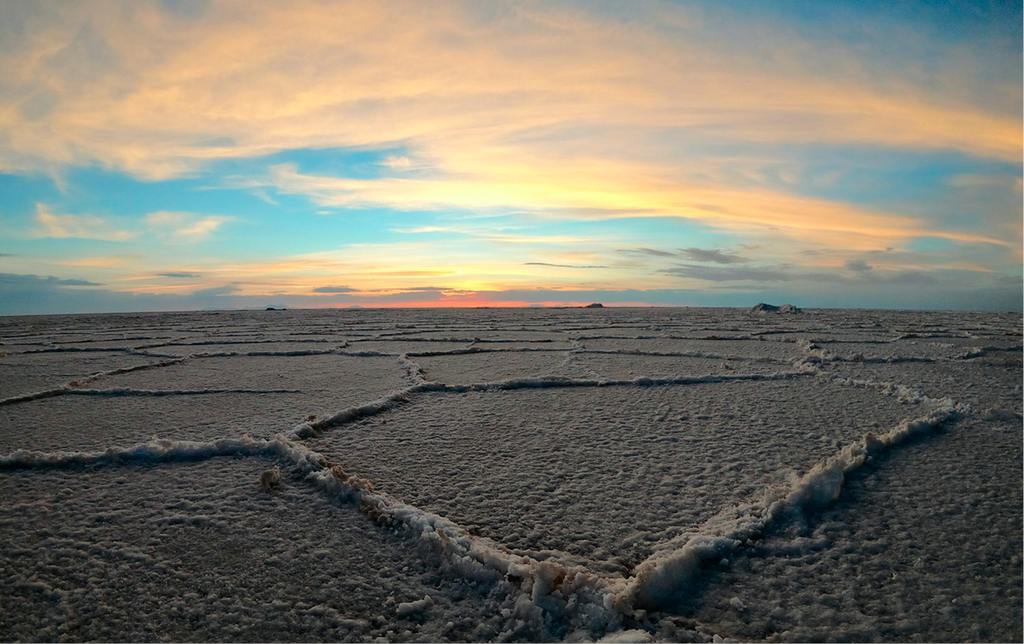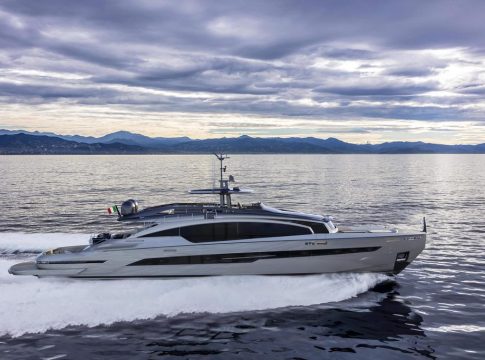The World’s Largest Salt Flat Where Heaven Meets Earth. A prehistoric salt lake has turned into a traveler’s heaven by offering up the beauty that is South America’s most awe-inspiring landmark.
The Uyuni Salt Flats, also called Salar de Uyuni in Spanish, are located in southwest Bolivia. This white expanse at the feet of the Tunupa volcano is the world’s largest salt desert, spreading over around 11,000 square kilometers.
The Uyuni salt flat is even larger than Lake Titicaca, a vast stretch of water shared by Bolivia and neighbouring Peru. The salt flats themselves are at 3,600 meters above sea level in the Andes, which makes it seem almost possible to reach up and touch the clouds. The area has long been popular with tourists, particularly those looking for a holiday with a difference.
A few years ago interest started growing in extracting the 5.4m tons of lithium lying beneath the surface. The salt is more than 10 meters thick in the center. Even though in the dry season the salt plains are a completely flat expanse of dry salt, in the wet season the surface is covered with a thin sheet of water that reflects the sky like a giant mirror.

Matan Levanon Unsplash
The Salar de Uyuni was formed after the disappearance of an inland ocean that covered most of the Altiplano and extended all the way to Lake Titicaca. This body of water disappeared about 13,000 years ago.
It is an extraordinary experience to cross this lake of salt by car, especially during the winter, because at that time, the sky is completely clear and the bright blue color of the sky contrasts brilliantly with the salt. On a cloudy day there is a “white-out” effect: the horizon seems to blend in with the sky and you can hardly tell where the salt lake actually ends.
Amid this shiny white desert, idle polyhedral figures formed by nature seem to emerge from the ground, making the landscape even more astounding.

The islands
The islands in the middle of the salt desert are attractions that all visitors marvel at.
The Cujiri Island, better known as Fish Island, is located at 74 kilometers from Colchani, right in the middle of the salar. Covering a total area of 100 hectares, the Fish Island boasts some truly picturesque scenery. Layers of granite and organic materials have yielded a strange breed of giant cactus (over 6 meters in height) which has developed an interesting ecological system. On the island’s summit there is a cave whose internal walls present a geological cut that provides information about the various layers of the ground. This is perhaps one of the best places to take wonderful pictures of the island and the salt mines as well.
The Incahuasi Island, known as the Fishermen’s Island, is formed on top of the remains of a volcano at 120 meters above the surface of the salt. On this island there are 7 archaeological sites that date back to the Tiwanaku civilization. There are two Inca sites, 30 caverns, 12 natural tunnels and 1 forest of cacti (quirucolumbar, pillaya, piscallu, thulo, huajraguaya, anaguaya). This is the perfect place to soak up an amazing landscape and take unique pictures.

Best time to visit
To see Salar de Uyuni’s breathtaking mirror effort, visit during the wet season, from December to April. However, keep in mind that when it gets too rainy, it can be hard to get around and you might not be able to access certain areas. May to November is the dry season, which means temperatures are colder, but the ground is harder and you can drive across the land more easily. The ideal month to visit is May, when the seasons transition from wet to dry and you’ll have a good chance of seeing the salt flats both dusty and reflective.





